If you’re experiencing recurring jaw pain, clicking, or difficulty opening and closing your mouth, you may be dealing with Temporomandibular Joint (TMJ) disorder. At The PT Zone, our specialized approach to TMJ therapy is designed to alleviate jaw discomfort, reduce inflammation, and restore functional movement patterns.
- Ease tension in the muscles around the jaw and neck
- Restore smooth, pain-free jaw movement
- Reduce inflammation and irritation within the TMJ
- Improve postural alignment to minimize stress on the jaw
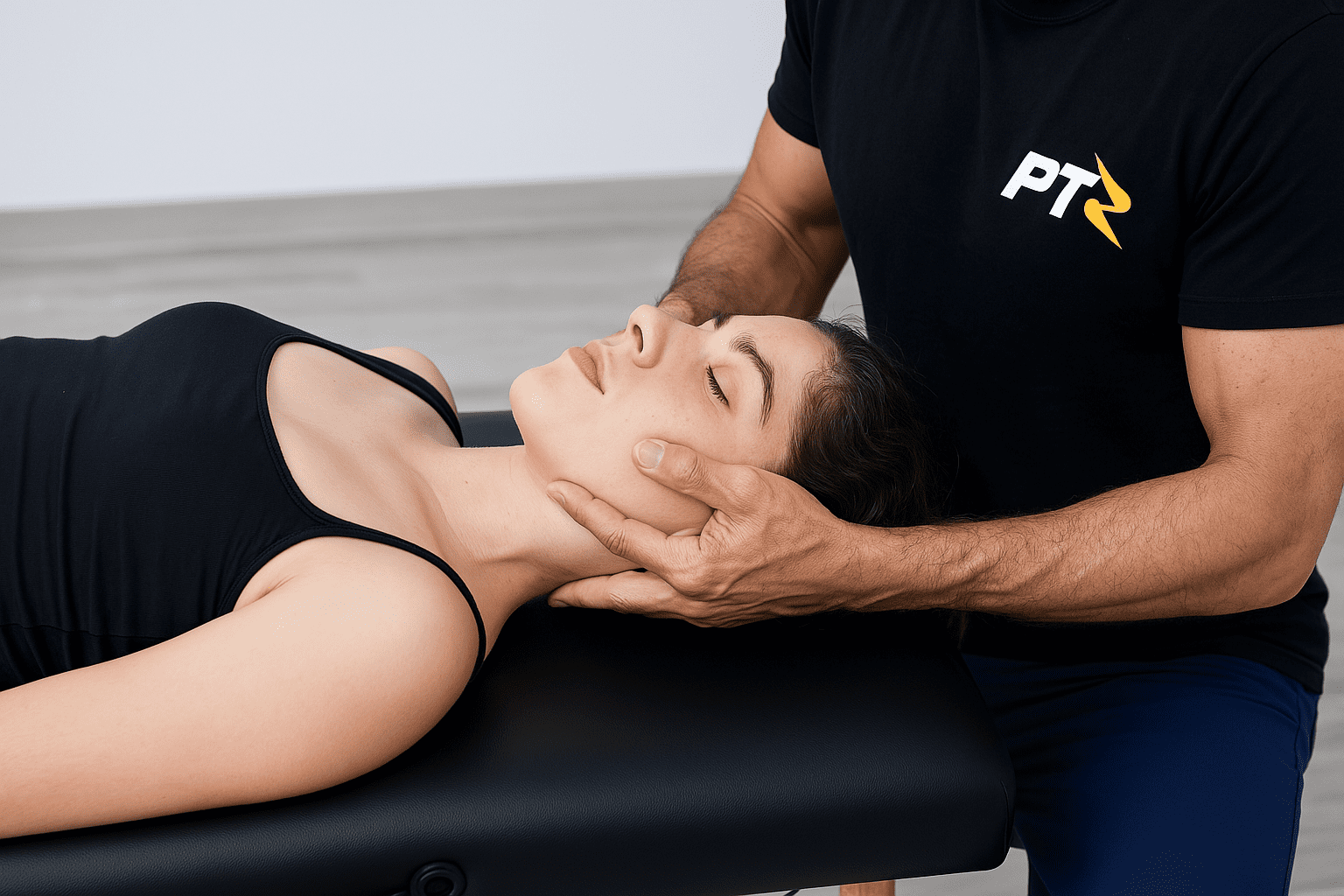
Relieve Jaw Tension and Restore Comfort
Temporomandibular Joint (TMJ) disorder can affect much more than just your mouth. Many individuals with TMJ issues also experience frequent headaches, neck tension, or even earaches as a result of the interconnected muscle and nerve structures in the face and neck. Simple activities like chewing food, speaking, or yawning can trigger pain, locking, or clicking sensations in the jaw, making daily life increasingly uncomfortable. At The PT Zone, we understand that TMJ complications arise from various factors—such as stress-related teeth grinding, postural imbalances, or misalignment of the jaw—and our goal is to address these underlying issues to help you regain a pain-free routine.
Our approach starts with a detailed evaluation of your jaw mechanics, neck posture, and overall movement patterns. By identifying muscle imbalances or habitual clenching, we can create a targeted plan that may include gentle manual techniques to release tension around the jaw, stretches to improve jaw mobility, and exercises to strengthen key stabilizing muscles in the neck and upper back. This multi-faceted focus helps reduce strain on the TMJ and fosters more balanced movement.
We also emphasize the importance of proper posture, as forward head positions or rounded shoulders can significantly contribute to jaw discomfort over time. Through guided training, you’ll learn strategies to keep your spine, shoulders, and neck in healthier alignments that place less stress on your jaw. Our programs can also incorporate relaxation techniques or stress management guidance to address teeth grinding (bruxism), which is a common contributor to TMJ flare-ups.
By combining hands-on interventions with education, we empower you to not only relieve existing discomfort but also prevent future episodes of jaw pain. Our aim is to help you speak, chew, and express yourself without the lingering worry of a locked or aching jaw. Whether your symptoms are mild or severe, The PT Zone offers a supportive environment and expertise to guide you toward a healthier, more comfortable smile.
Our Therapies for TMJ Disorder Recovery:
Below is a selection of specialized services aimed at soothing jaw tension, restoring comfortable function, and preventing recurrent TMJ issues.
-
Balance Training
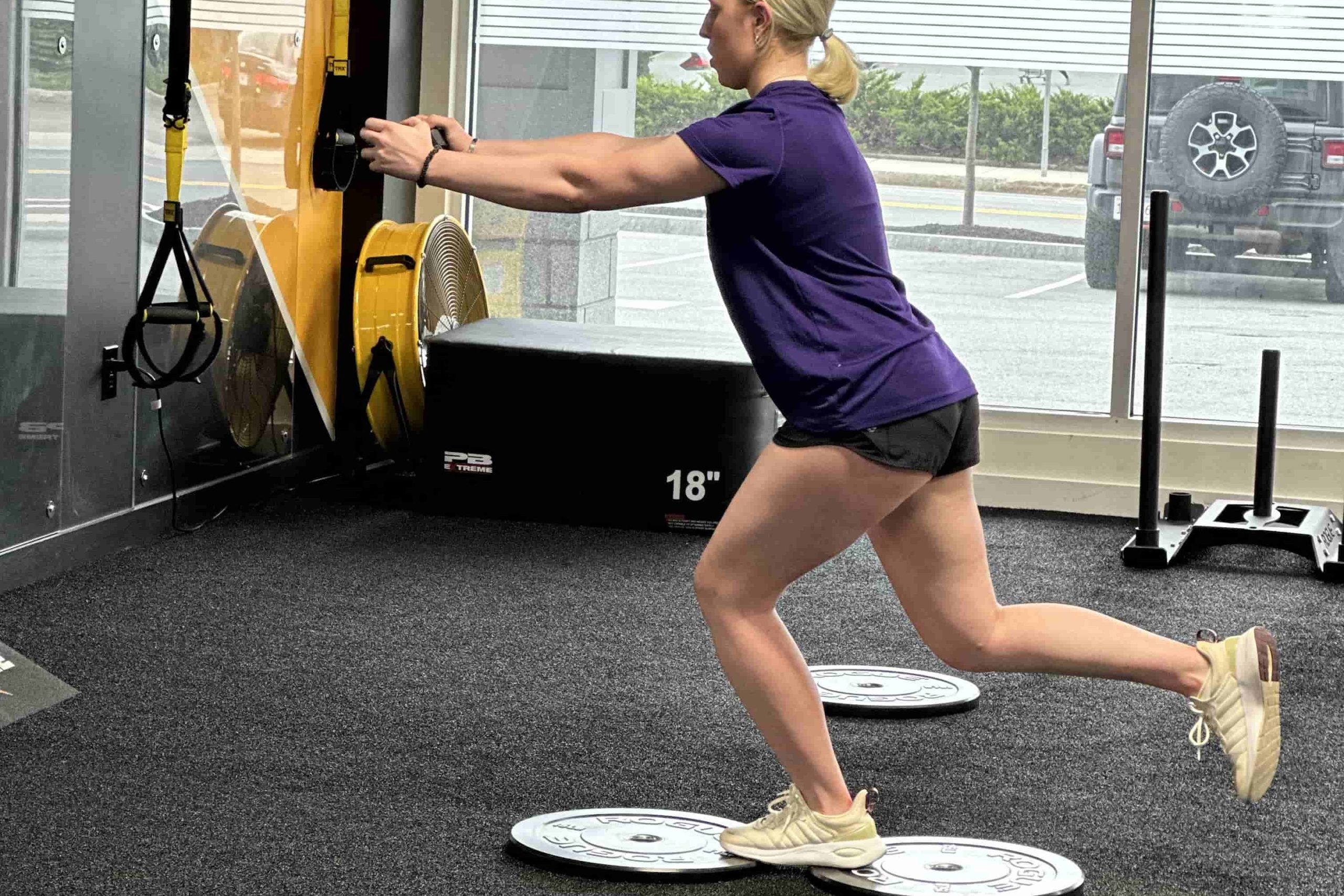
Balance Training is a specialized approach that strengthens stabilizing muscles, enhances coordination, and reduces fall risks, ultimately improving posture and promoting confident movement.
-
Certified Manual Therapy
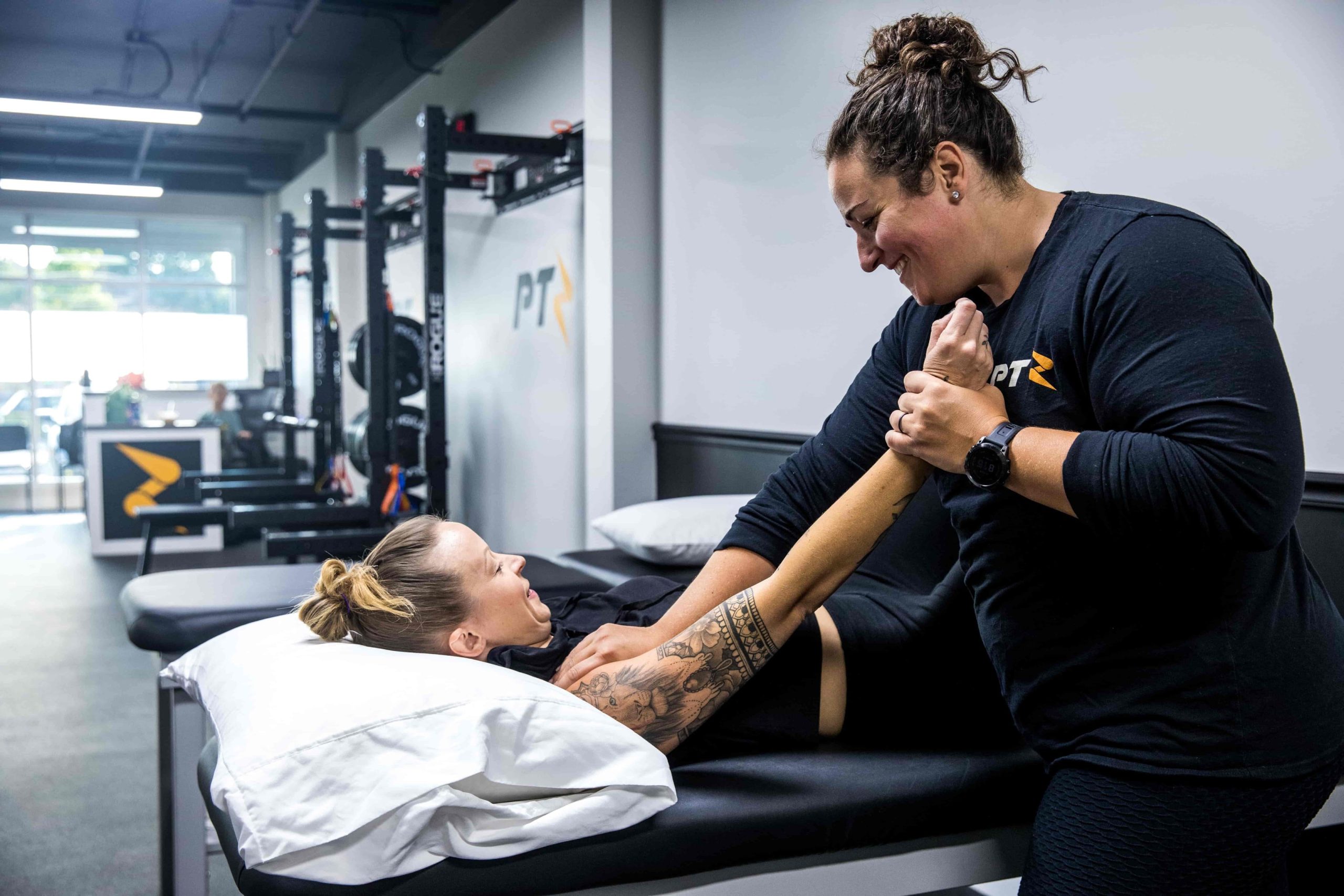
Certified Manual Therapy is a hands-on approach that addresses joint, muscle, and connective tissue dysfunction, reducing pain, improving alignment, and promoting faster, more efficient recovery.
-
Cupping

Cupping therapy is an ancient healing technique that uses suction to enhance circulation, relieve muscle tension, and promote the body’s natural recovery process.
-
Dry Needling
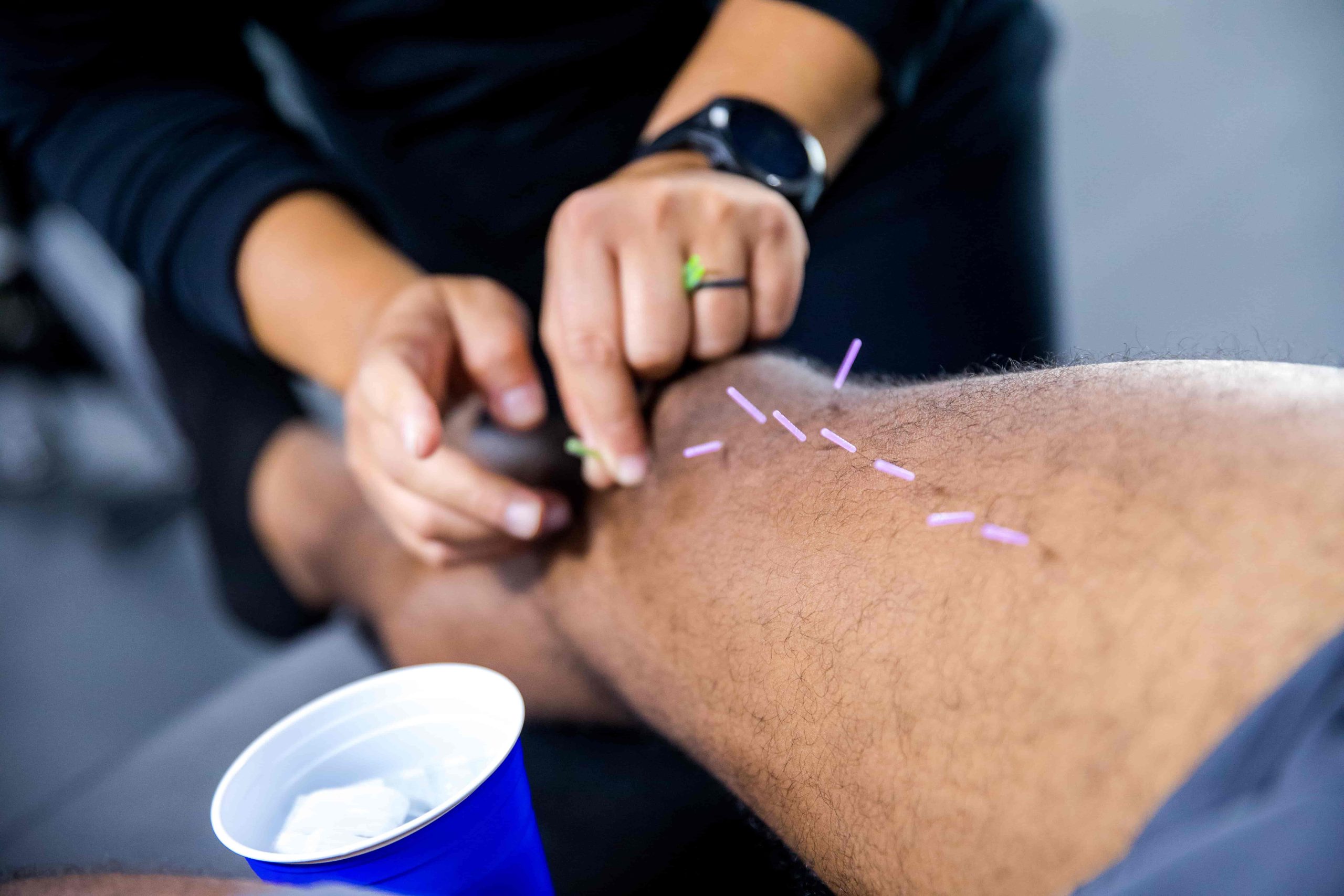
Dry needling is a modern therapy that targets muscle trigger points with thin needles to relieve pain, reduce tension, and restore mobility.
-
Gait Training
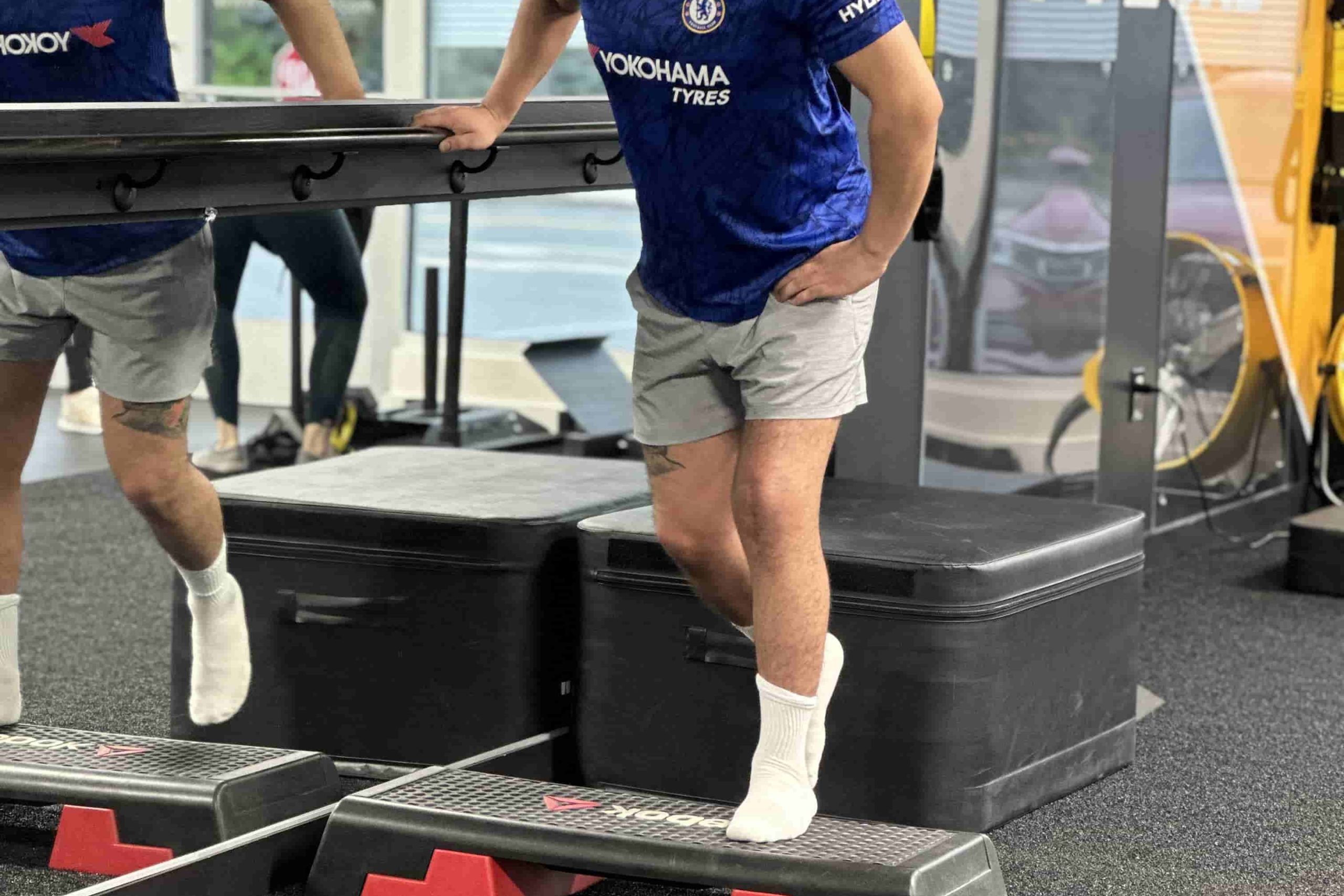
Gait Training is a specialized approach that enhances walking mechanics, improves lower-limb strength, and reduces re-injury risks, ultimately promoting more efficient movement.
-
Graston Technique

Graston Technique is a specialized manual therapy that uses stainless steel instruments to break down scar tissue, improve mobility, and accelerate healing.
-
Kinesiotaping
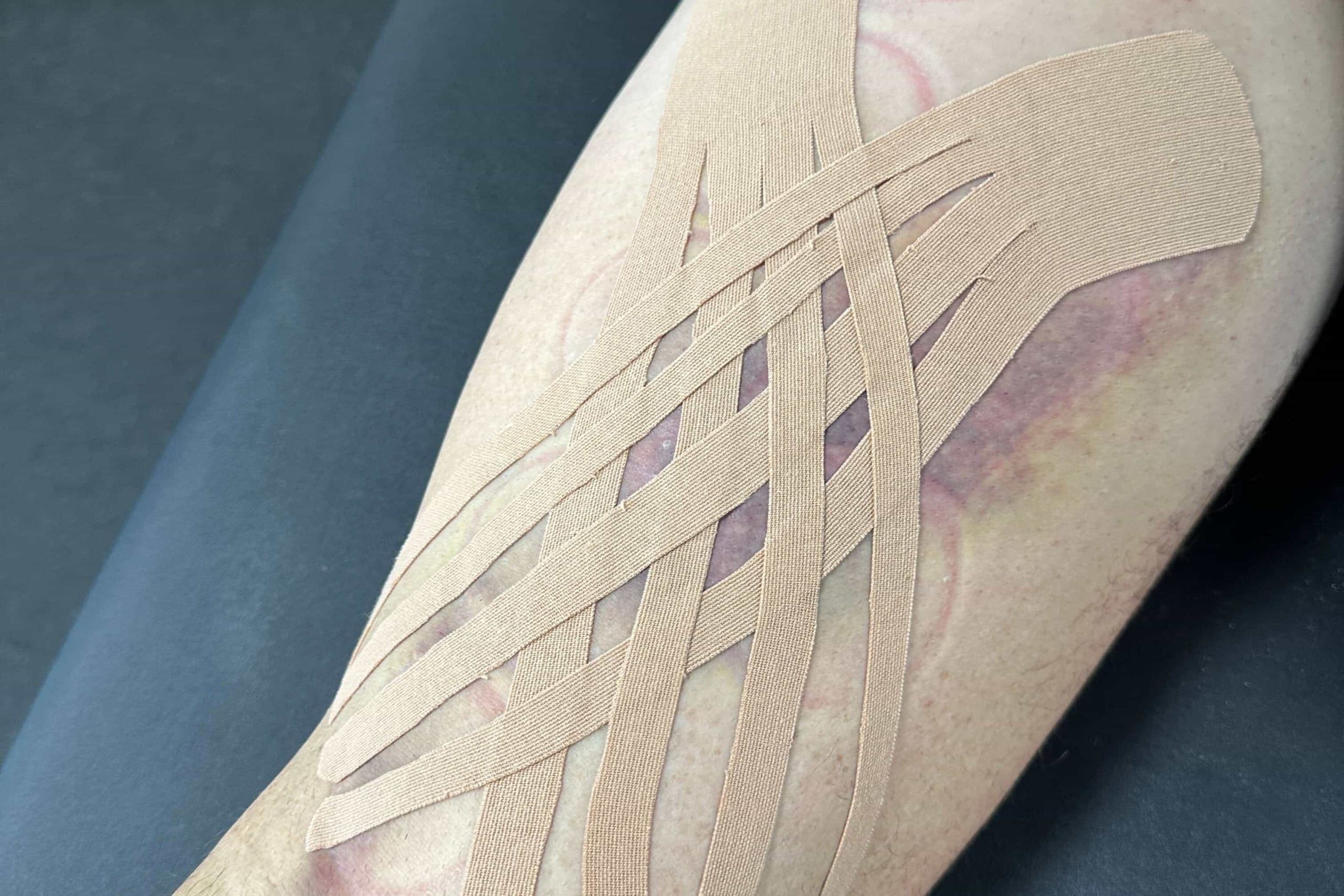
Kinesiotaping is a flexible taping method that provides gentle support, improves circulation, and helps maintain natural movement for a more comfortable and effective recovery.
-
Manual Traction
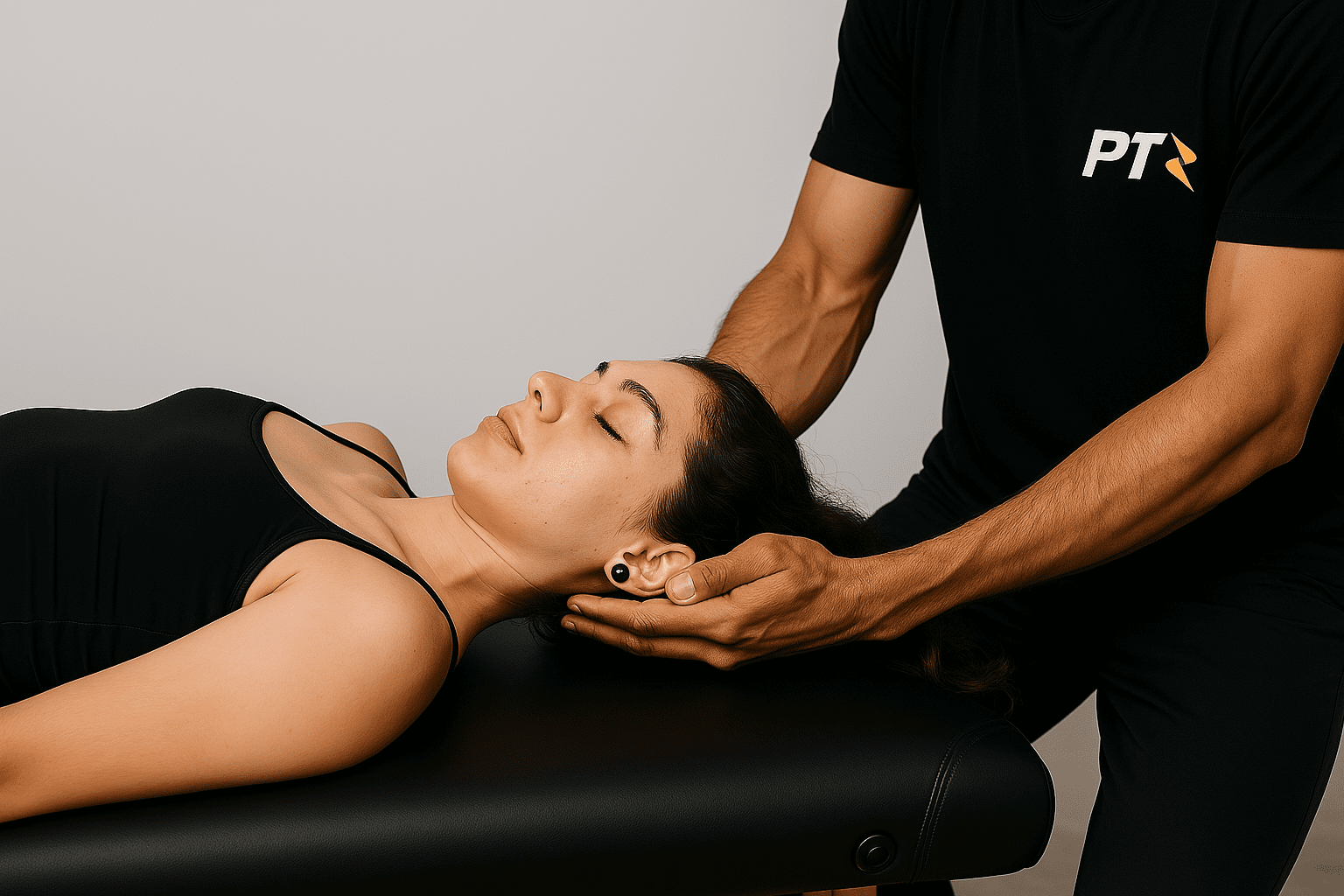
Manual Traction is a gentle, hands-on method used to decompress the spine, relieve pressure on discs and nerves, and improve overall comfort and mobility.
-
Post-Surgical Rehab
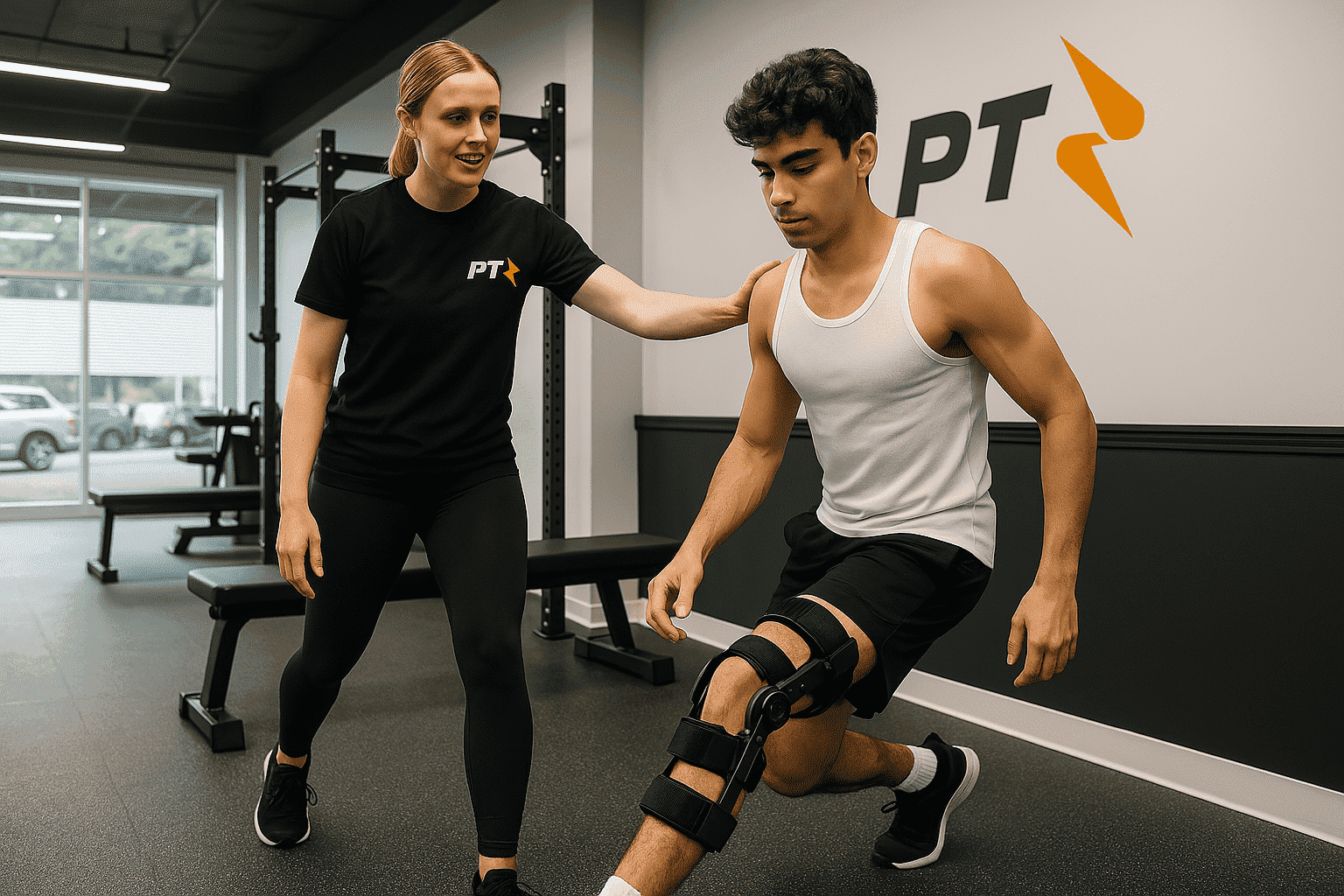
Post-Surgical Rehab is a structured recovery process designed to restore mobility, manage pain, and rebuild strength after surgery, ensuring a safer and faster return to your everyday activities or sports.
-
Physical Therapy for Weightlifters & CrossFit
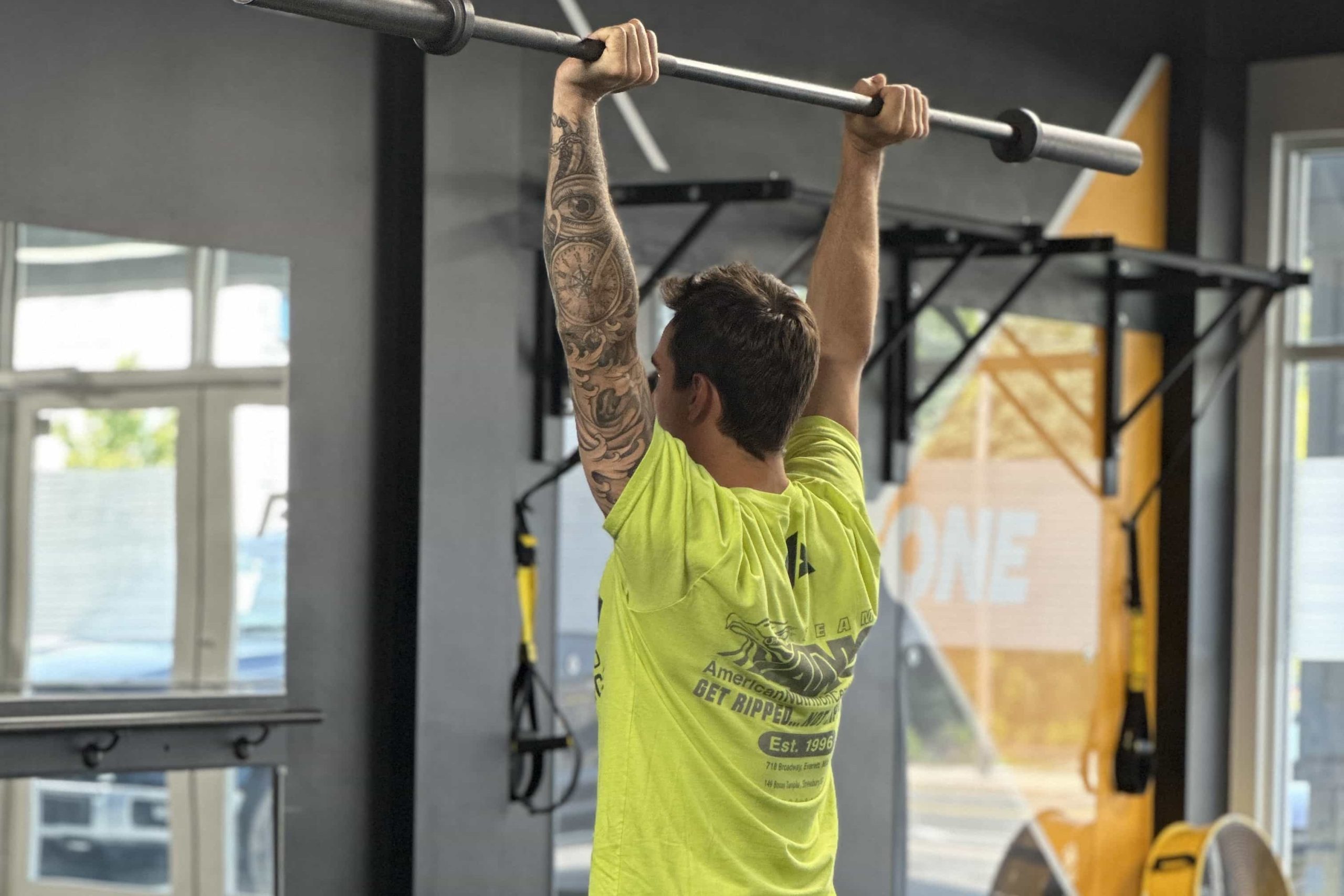
Physical Therapy for Weightlifters & CrossFit focuses on proper lifting mechanics, correcting muscle imbalances, and managing stress on joints to prevent pain, accelerate recovery, and enhance overall strength gains.
-
Physical Therapy For Runners
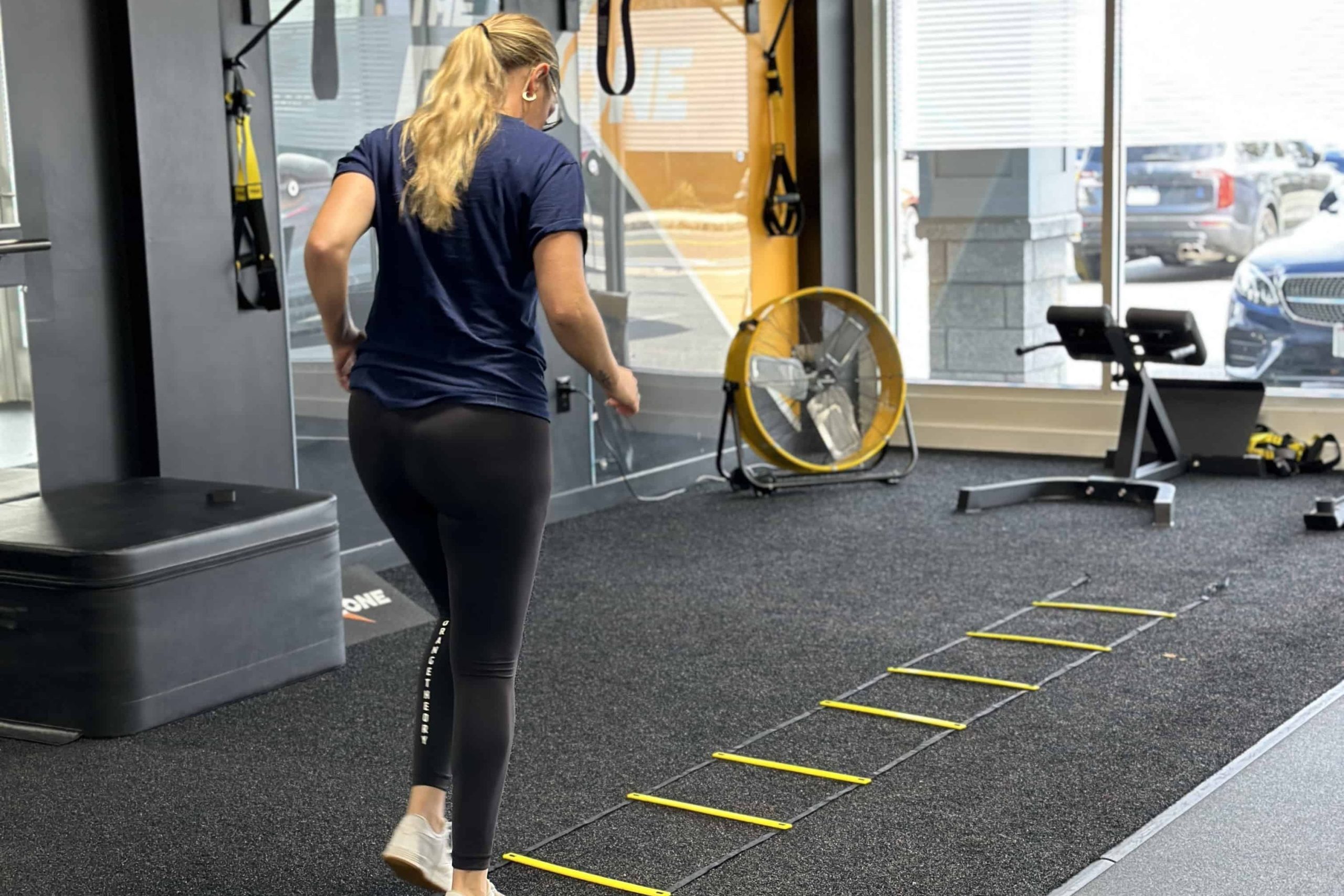
Physical Therapy for Runners focuses on refining running form, addressing muscle imbalances, and enhancing lower-limb stability to prevent injuries and boost performance.
-
Neuromuscular Massage Therapy
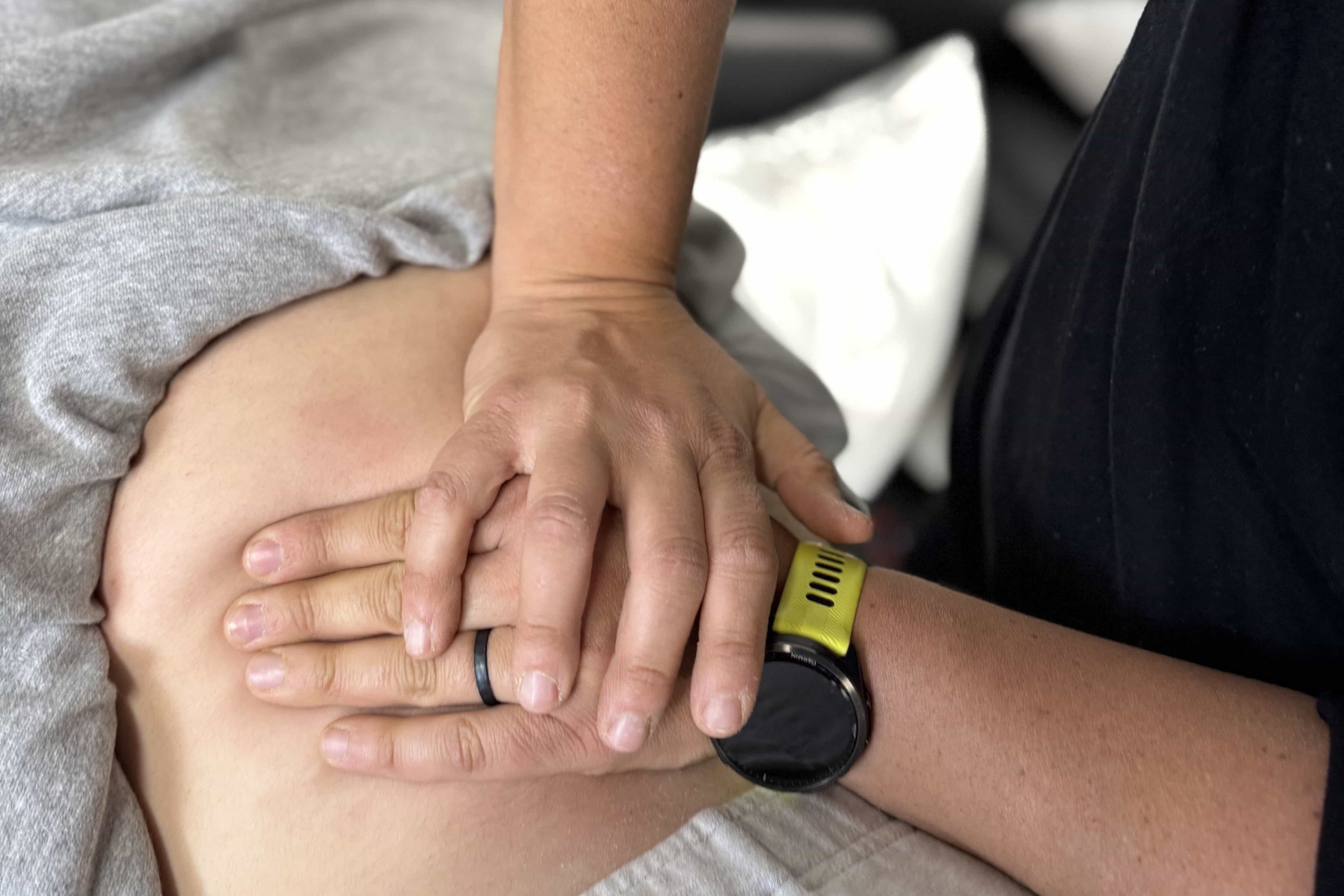
Neuromuscular Massage Therapy (NMT) precisely targets trigger points in muscles and connective tissues, relieving tension, restoring proper function, and promoting long-term pain relief.

At The PT Zone, we’re committed to helping you achieve long-term relief and restore your ability to move freely and without pain.
Our customized TMJ therapy aims to address the root causes of your jaw pain, ensuring not only short-term relief but also sustainable improvements. We look forward to guiding you on the path to a more relaxed and functional jaw.
Common Questions from TMJ Disorder Clients
1. What causes TMJ disorder in the first place?
TMJ disorder can develop from various factors, including habitual teeth grinding (bruxism), stress-related tension in the jaw, poor posture, arthritis within the joint, or even direct trauma to the face. In many cases, multiple contributors work together to strain the muscles and ligaments around the TMJ, resulting in discomfort or inflammation. Understanding the specific triggers for your jaw pain is key to creating an effective treatment plan that addresses both immediate symptoms and underlying causes.
2. How long does it take to see improvement from TMJ therapy?
Recovery time can vary significantly based on factors like how severe your TMJ disorder is, the presence of additional issues like bruxism, and how consistently you follow your therapist’s recommendations. Some clients notice reduced pain and improved jaw mobility within just a few sessions, while others require more extended treatment. Typically, combining manual therapy, therapeutic exercises, posture corrections, and stress management strategies leads to the most enduring results. Staying dedicated to home exercises and any recommended lifestyle changes also speeds progress.
3. Can I still eat normally while undergoing TMJ therapy?
Yes, though your therapist may suggest temporarily modifying your diet or chewing patterns to minimize strain on the jaw. Softer or smaller food pieces might be recommended initially, especially if your pain is acute. As your jaw regains mobility and strength, you’ll likely return to a more varied diet without significant discomfort. Learning how to chew more mindfully—avoiding one-sided, forceful biting—can also reduce tension in the TMJ and support healing.
4. Is it normal to hear popping or clicking sounds in my jaw?
Jaw popping or clicking can occur when the articular disc within the TMJ moves out of its normal alignment. While not always painful, these sounds often signal that the jaw is under extra stress or that the joint’s structures are not coordinating as they should. If popping is accompanied by pain, locking, or limited range of motion, it’s crucial to seek professional help. Physical therapy techniques can help restore proper alignment, reduce inflammation, and normalize movement in many cases.
5. Does wearing a mouth guard at night help with TMJ pain?
A mouth guard (also called an occlusal splint) can be beneficial, particularly for those who grind their teeth or clench their jaw during sleep. The guard helps cushion the teeth, reducing the strain on the TMJ. However, it’s not a one-size-fits-all solution and should ideally be used alongside physical therapy, posture correction, and stress reduction techniques. In some cases, a custom-fitted mouth guard from a dentist can lead to more precise alignment and relief compared to over-the-counter options.
6. Will physical therapy fully resolve my TMJ disorder?
Many clients experience substantial pain relief and functional improvements with a dedicated therapy program, especially if they address aggravating factors like stress or poor posture. Complete resolution depends on the complexity of your case, the presence of other conditions (like arthritis), and how consistently you follow home exercises and lifestyle modifications. While physical therapy can be highly effective, an interdisciplinary approach—sometimes involving dentists, mental health professionals, or other specialists—may offer the most comprehensive results for more persistent TMJ disorders.
7. Could TMJ problems be related to neck or upper back pain?
Absolutely. The muscles and joints in the neck, upper back, and jaw are intricately connected. Poor posture, tension in the cervical spine, or imbalances in shoulder alignment can all contribute to TMJ discomfort, as these areas share nerves and muscle attachments. By addressing these underlying postural or muscular issues through physical therapy, you can often find broader relief that extends beyond just the jaw itself, enhancing overall alignment and reducing strain in multiple regions.















